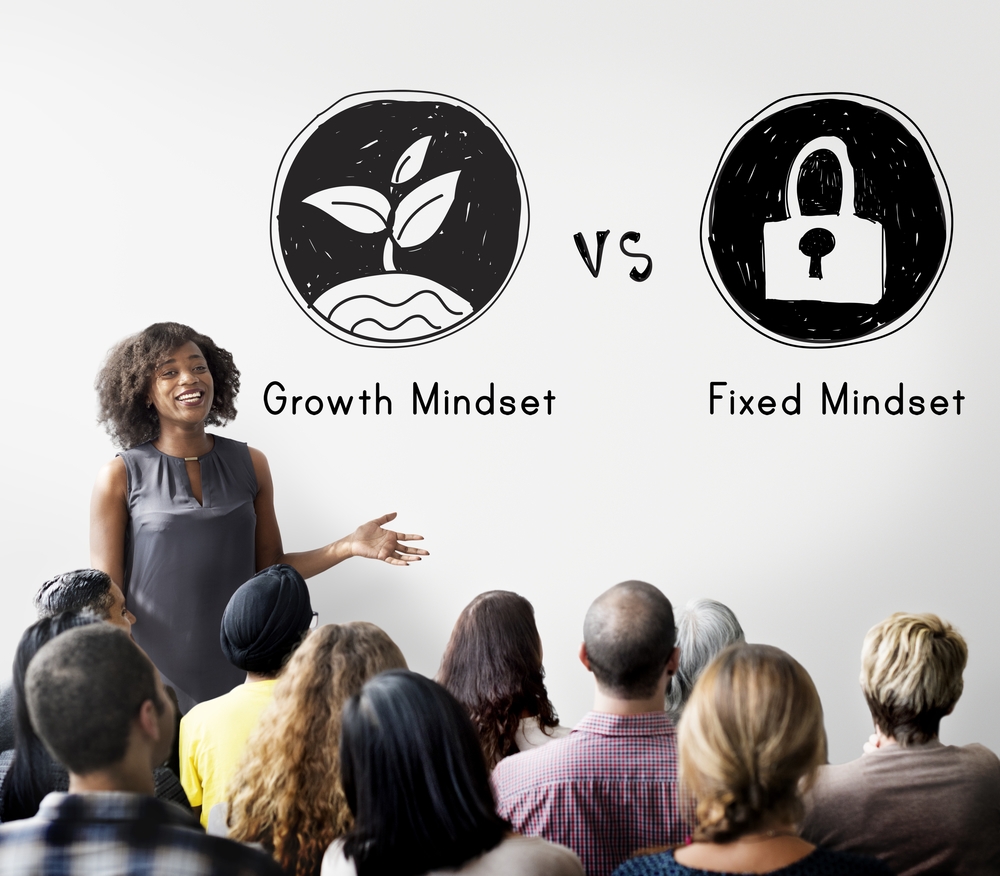I remember reading an intricate story in Gregory Bateson’s book Step to an ecology of mind. It was a transcript of a conversation he had with his daughter years ago, and I will paraphrase it for you here. One day she approached him and asked him an interesting question: “Daddy, how come things get muddled so easily?”
He asked her, “What do you mean by “Muddled,” honey?”
She said,” You know, daddy. when things aren’t perfect. look at my desk right now. Stuff is all over the place. its muddled. And just last night I worked so hard to make it perfect. but things don’t stay perfect. they get muddled so easily!” Happyho also provide best Meditation classes in Noida and Delhi NCR India area.
Bateson asked his daughter, “Show me what is like when things are perfect.” She responded by moving everything on her shelf into individualising assigned positions and said, “there, daddy, now it is perfect. But it won’t stay that way.”
Bateson asked her, “What if I move your paint box from here twelve inches? then what happens?”
She said, “No daddy, now it is muddled. Any way, it would have to be straight, not all crooked the way you put it down.” then he asked her, “what if I move your pencil from this pot to the next one?”
“Now you are making it muddled again” she is responded. “What if this book were left partially open?” he continued.
“Thats muddled too!” she replied. Bateson turned to her daughter and said, “Honey, it is not that things get muddled so easily. It is that you have more ways for things to get muddled. You have only one way for things to be perfect.”
Most of us have created numerous ways to feel bad, and only a few ways to truly feel good. I never failed to be amazed at how overwhelming number of people whose rules wire them for pain. Its as if they have a vast and intricate network of neural pathways leading to the very state they are trying to avoid, and yet they have only handful of neural pathways that they have connected to pleasure.





